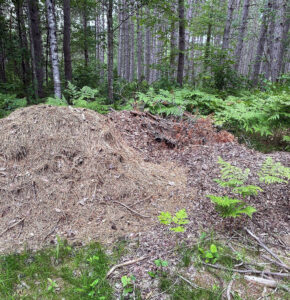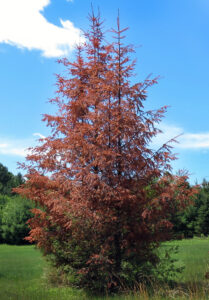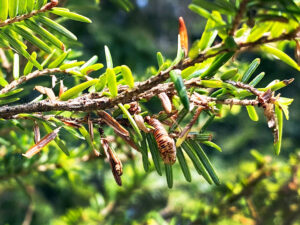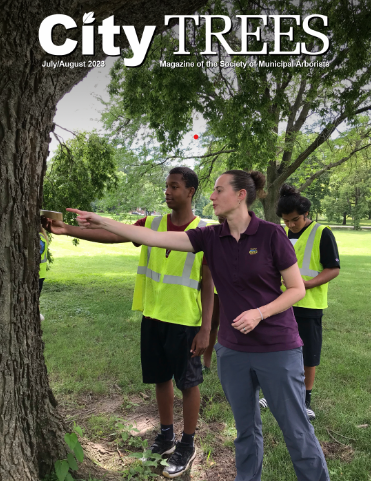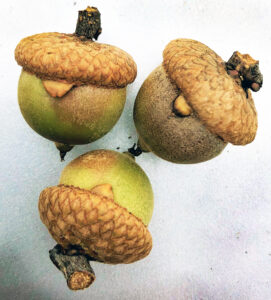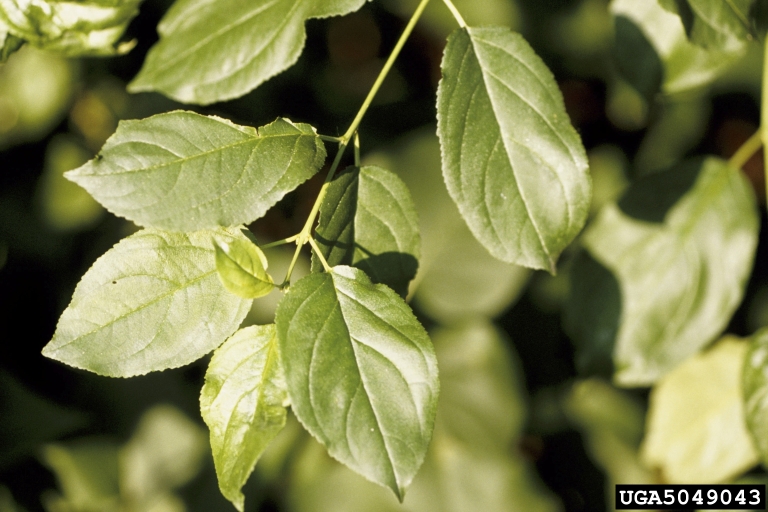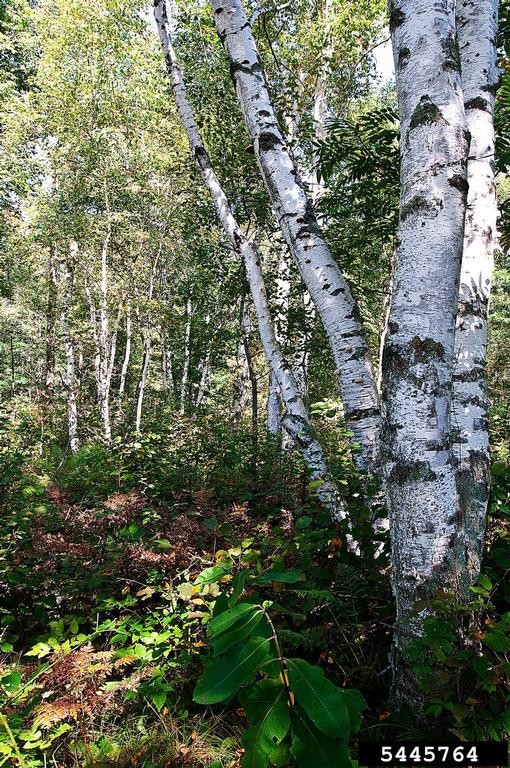Erika Segerson-Mueller, DNR Invasive Plant Program Specialist, Oshkosh Service Center Erika.SegersonMueller@wisconsin.gov or 715-492-0391
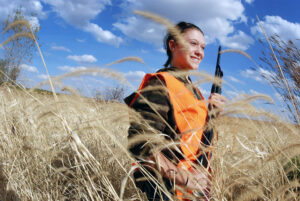
Whether you are headed out to a tree stand in your favorite local forest or a duck blind on the shore of your nearby pond, you can take a few easy precautions to help minimize the spread of invasive plants in your favorite hunting spots. / Photo Credit: NAISMA.org
Heading out to your tree stand or hunting blind this fall? Avoid adding invasive species to your hunting party by taking a few simple steps to help protect your woods.
Non-native invasive plants often outcompete native plants in forest environments, degrading diversity and destroying wildlife habitat. Invasive plants can replace local forest species and may interfere with or decrease tree regeneration. They may take over woodlands, prairies and wetlands, and many provide ideal habitats for pests that harm wildlife and people alike.
Continue reading “Don’t Spread Invasive Plants This Hunting Season”


